The June gemstone is a classic, elegant and universally adored gem that are lustrous and warm against your skin. They are available in a wide variety of milky luminescent colours, nothing matches the allure of a perfect or imperfect-perfect pearl.
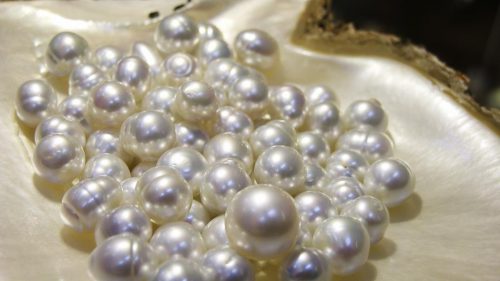
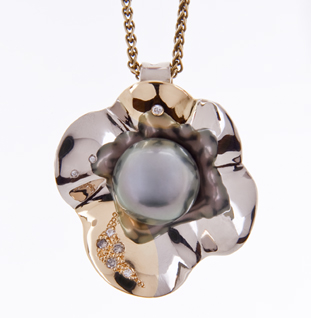
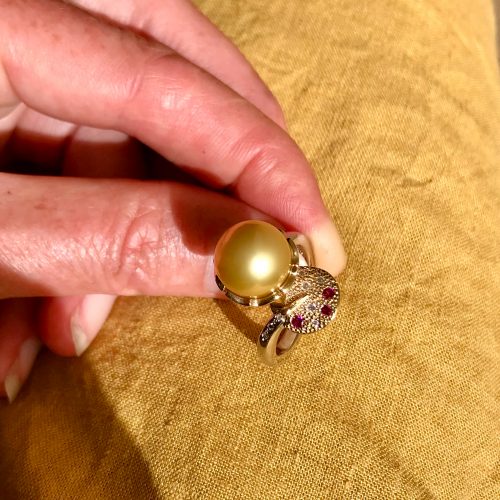
A natural pearl will form around a microscopic irritant in the bodies of certain molluscs. A cultured pearl results from the deliberate insertion of a bead or tissue to mimic natural irritants that the mollusc then coats with nacre to form a pearl.
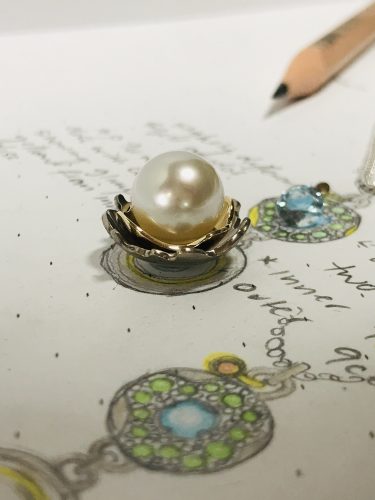
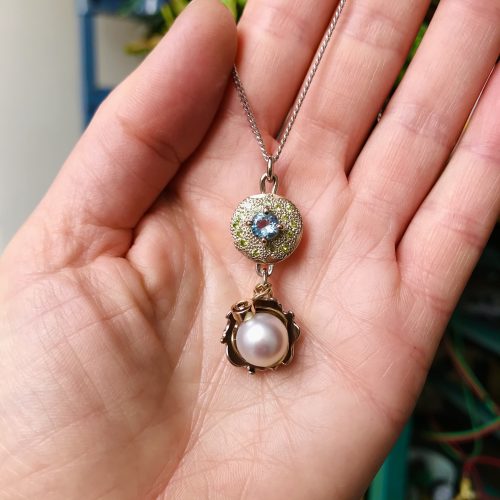
*nacre is mother-of-pearl, it’s the iridescent layer of a mollusc shell. An oyster with a shell displaying beautiful iridescent mother-of-pearl will produce a stunning pearl.
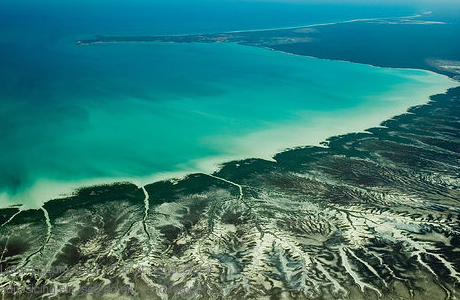
The Australian South Sea pearling industry has been independently certified as ethical and environmentally responsible by Marine Stewardship Council, which is a leading non-profit organisation dedicated to sustainable and environmentally responsible use of wild marine resources. The south sea pearl Oyster (Pinctada maxima) is the largest and rarest of all pearl oysters and produces the most beautiful and finest pearl nacre of any mollusc. Solitary Pinctada maxima oysters are handpicked from the ocean floor in the remote Kimberley waters of Australia regulated by a government-enforced quota system and used in the commercial pearling industry.
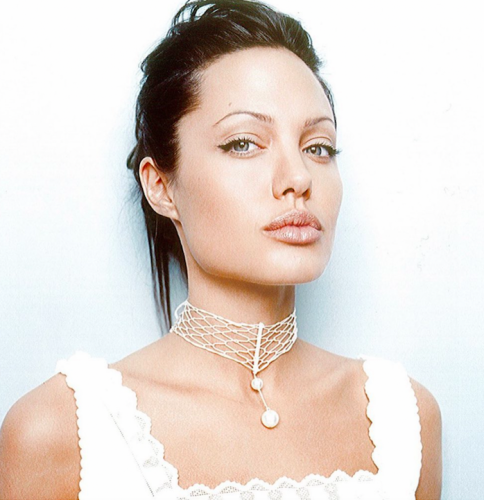
The extraordinary beauty of the Australian south sea pearl is immediately apparent, they’re the queen of pearls. They’re unrivalled in rarity, quality, nacre thickness, natural lustre, size and value. Light reflects perfectly from their lustrous surface.
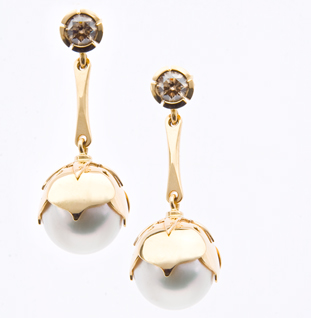
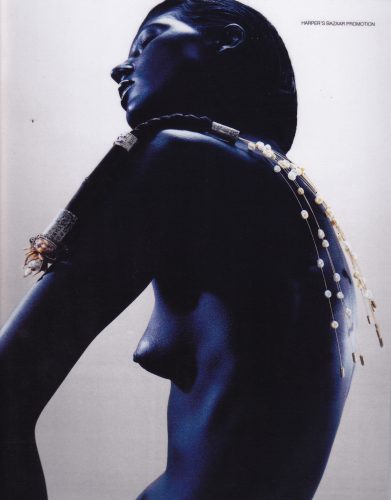
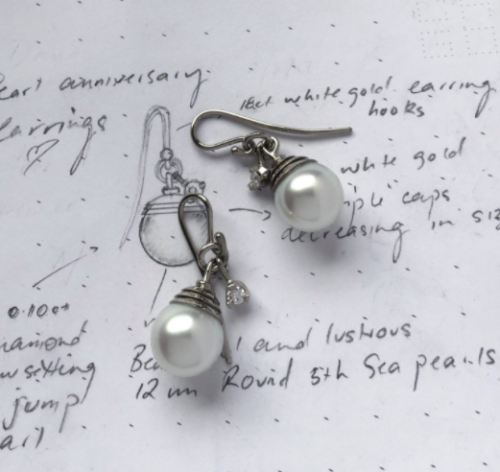
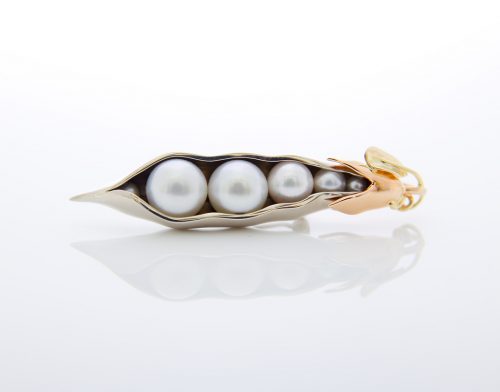
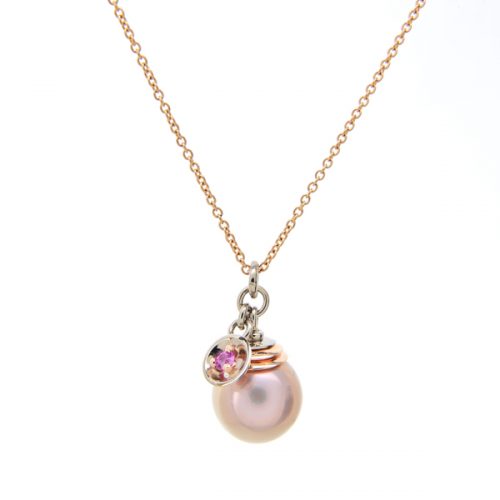

My first experience with Australian South Sea pearls was many years ago in a sorting room where I was presented with large bowls of perfect little luminescent milky planets to choose a pearl for the end of a whip I was commissioned to design and make. I picked a large and perfect pearl to set within a rose gold lotus flower and it set me on a life-long love of this beautiful gem.




 The June gemstone is a classic, elegant and universally adored gem that are lustrous and warm against your skin. They are available in a wide variety of milky luminescent colours, nothing matches the allure of a perfect or imperfect-perfect pearl.
The June gemstone is a classic, elegant and universally adored gem that are lustrous and warm against your skin. They are available in a wide variety of milky luminescent colours, nothing matches the allure of a perfect or imperfect-perfect pearl.